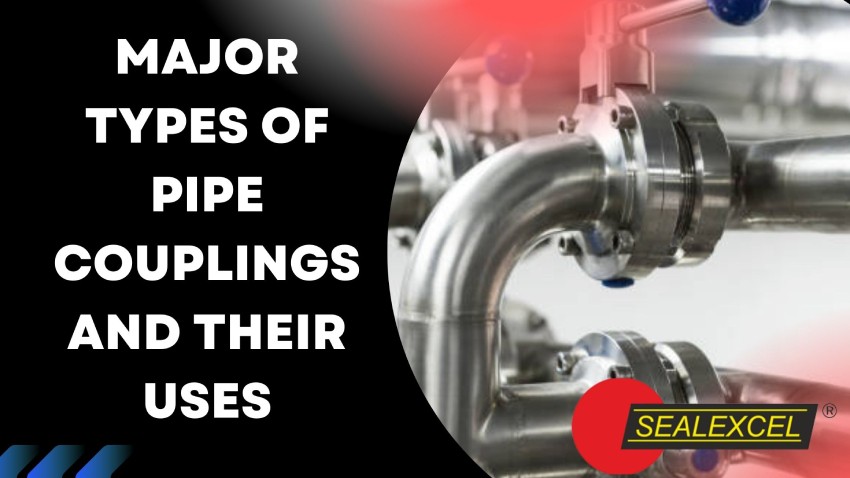
The 4 Most Common Types Of Pipes Suitable For Industrial Use
May 2, 2022
The Four Primary Types of Instrumentation Fittings
May 2, 2022This blog post discusses everything about Stainless Tube Compressions fittings; continue reading to learn about it.
A compression fitting is a pipe junction in which the two ends are compressed together by an external screw thread. Low-pressure applications require compression fittings, typically from -5 psi to 125 psi. Because they can be simply dismantled for maintenance or replacement if corrosion occurs, they are extensively utilized in refrigeration, air conditioning, and plumbing systems.
Compression tube fittings, unlike other couplings, do not require extra sealing materials such as gaskets or o-rings because they seal with threads alone.
Compression Fittings: What You Should Know
Compression fittings are difficult to beat when connecting metal or plastic tubing. Compression fittings are used in everything from refinery gas lines to household plumbing because they can withstand extreme pressure and temperature while handling a wide range of fluids. Miniature versions can be used in various applications, including printers, chromatography, and even medical equipment.
But, regardless of the use, there are several common denominators:
- Stainless steel tubes and fittings last a long time.
- They’re simple to put together.
- They don’t leak if done correctly.
And, in keeping with the adage that great things come in threes, the same is true when it comes to how they’re put together. Although the design of stainless steel tubes and fittings varies depending on who makes them, there are three common elements: a compression fitting body, a compression screw (or nut), and at least one ferrule. The ferrule is inserted into the fitting body when the tubing is joined, and the screw or nut is tightened. The angled body shape compresses the end of the ferrule onto the outer part of the tubing, providing a leak-resistant seal.
It’s All About the Shape
Do you want to be sure your compression seal is reliable? Pay particular attention to the shape of the ferrule and the mating angle of the fitting body. They must both be tapered to facilitate proper compression while tightening the screw or nut. Also, keep in mind that axial alignment with the tube must be maintained at all times. The amount of linear motion converted to radial compression and the amount of surface contact with the tubing will be determined by those relative angles. The finest seal is achieved through line contact or uniform compression around the whole ferrule. You should also make sure that your ferrule has a sharp forward edge.
An In-Depth Look at ferrules
They come in various materials, from graphite to steel, and are the essential sealing component in installing stainless steel tube fittings. Due to their high degree of stability over a wide temperature range. They can also withstand compressive stresses without relaxing. Leaks are inevitable with metal-to-metal seals, but ferrules are designed to make a perfect connection with the fittin.
By the Numbers
There is only one ferrule in most basic compression fittings, and this keeps things simple with fewer components in softer fabrications. When you upgrade to a stainless steel tube fitting, you’ll notice that as you tighten the screw, torque is transferred to the ferrule. That rotation might cause the ferrule to shift over time, causing galling and long-term leaks. When you add another freely rotating rear ferrule to the mix, the nut disconnects from the front, preventing torque transfer.
Not too Tight
When it comes to fitting assembly, it’s easy to fall into thinking that “tighter is better.” On the other hand, compression tube fittings are a different story as a line contact between the tube and the ferrule provides the best seal. Yes, you can over tighten the compression nut, and the ferrule will not bend enough to make this contact. However, excessive tightening will bend the ferrule, weakening the seal and creating leaks.
Take Apart. Put everything back together.
Compression tube fittings are popular since they’re simple to put together and take apart. All you have to do now is loosen the compression nut or screw, and you’re good to go. Reassembly is similar to the first time (don’t lose those instructions! ), but with fewer nut twists to get to the best position. Compression fittings can only withstand a certain number of disassemblies before the ferrules, or fitting bodies need to be replaced.


